Dear Stephen,
A few years ago, long before I had the lyme diagnosis, and when I was healthy as far as I knew, I suddenly got what I diagnosed as arthritis in both hands. (It alternated. Sometimes I could not use the affected hand because of the pain.) I took Esberitox and the condition vanished in about 6 weeks, never to return. (I also added SAM-e after about 3 weeks, but it was clear that Esberitox was the catalyst.) Esberitox is an immune-booster and contains wild indigo, Echinacea purpurea and pallaida 1:1 root – 22.5 mg, and thuja. Are you familiar with this product, and would it have a good effect for lyme? Also, I would like to know if you recommend taking it with—or before—food (3 capsules 3x a day). Thanks!
Stephen’s response:
This is a good and strong antibacterial and immune stimulating formulation. However, one of the pieces of information lacking in general discussion of echinacea is its impacts on collagen tissues. It, for a variety of complex reasons that I go into in some of my books, can be of tremendous help in regenerating damaged collagen tissues. As it is also an immune stimulant it can be of benefit in lyme arthritis and lyme disease in general. I do not emphasize it in the book as there are other things I think better but it will work, and well. It should be taken before meals.
Stephen
-
Stephen Harrod Buhner was an Earth poet and an award-winning author of twenty-four books on nature, indigenous cultures, the environment, and herbal medicine including the acclaimed book Healing Lyme: Natural Healing & Prevention of Lyme Borreliosis & Its Co-infections.
Stephen came from a long line of healers including Leroy Burney, Surgeon General of the United States under Eisenhower and Kennedy, and Elizabeth Lusterheide, a midwife and herbalist who worked in rural Indiana in the early nineteenth century. The greatest influence on his work, however, was his great-grandfather C.G. Harrod who primarily used botanical medicines, also in rural Indiana, when he began his work as a physician in 1911.
Stephen’s work has appeared or been profiled in publications throughout North America and Europe including Common Boundary, Apotheosis, Shaman’s Drum, The New York Times, CNN, and Good Morning America. Stephen lectured yearly throughout the United States on herbal medicine, the sacredness of plants, the intelligence of Nature, and the states of mind necessary for successful habitation of Earth.
He was a tireless advocate for the reincorporation of the exploratory artist, independent scholar, amateur naturalist, and citizen scientist in American society – especially as a counterweight to the influence of corporate science and technology.
View all posts

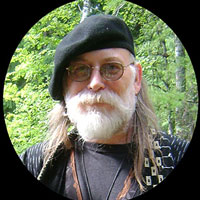
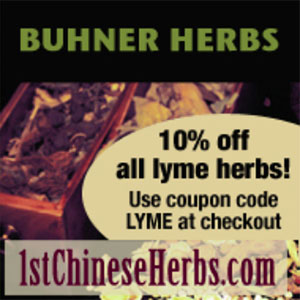


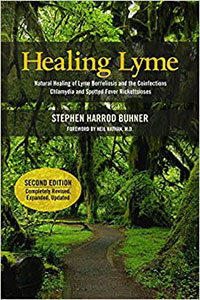
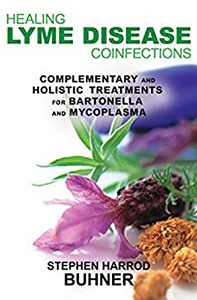
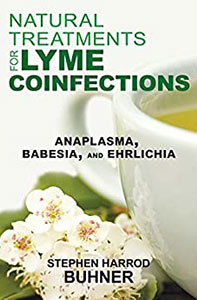
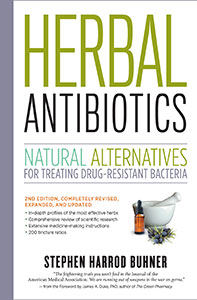
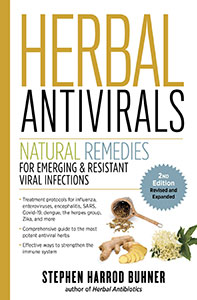



0 Comments